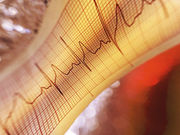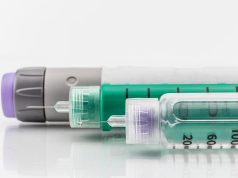Step-wise increase in adjusted risk of incident atrial fibrillation across categories of decreasing eGFR
FRIDAY, Aug. 11, 2017 (HealthDay News) — Reduced estimated glomerular filtration rate (eGFR) and elevated urine albumin-to-creatinine ratio (UACR) are associated with increased risk of incident atrial fibrillation (AF), according to research published online Aug. 10 in the Clinical Journal of the American Society of Nephrology.
Nisha Bansal, M.D., from the University of Washington in Seattle, and colleagues conducted a meta-analysis of three prospective cohorts (16,769 participants) to examine the correlation of eGFR and UACR with the risk of incident AF.
The researchers found that across categories of decreasing eGFR, there was a step-wise increase in the adjusted risk of incident AF, with hazard ratios of 1.00, 1.09 (95 percent confidence interval [CI], 0.97 to 1.24), 1.17 (95 percent CI, 1.00 to 1.38), 1.59 (95 percent CI, 1.28 to 1.98), and 2.03 (95 percent CI, 1.40 to 2.96), for eGFR >90 (reference), 60 to 89, 45 to 59, 30 to 44, and <30 ml/min/1.73 m², respectively. Across categories of increasing UACR there was a step-wise increase in the adjusted risk of incident AF, with hazard ratios of 1.00, 1.04 (95 percent CI, 0.83 to 1.30), 1.47 (95 percent CI, 1.20 to 1.79), and 1.76 (95 percent CI, 1.18 to 2.62), respectively, for UACR <15 (reference), 15 to 29, 30 to 299, and ≥300 mg/g, respectively.
“These data highlight the need for further studies to examine the mechanistic link between kidney disease and AF,” the authors write.
Copyright © 2017 HealthDay. All rights reserved.








